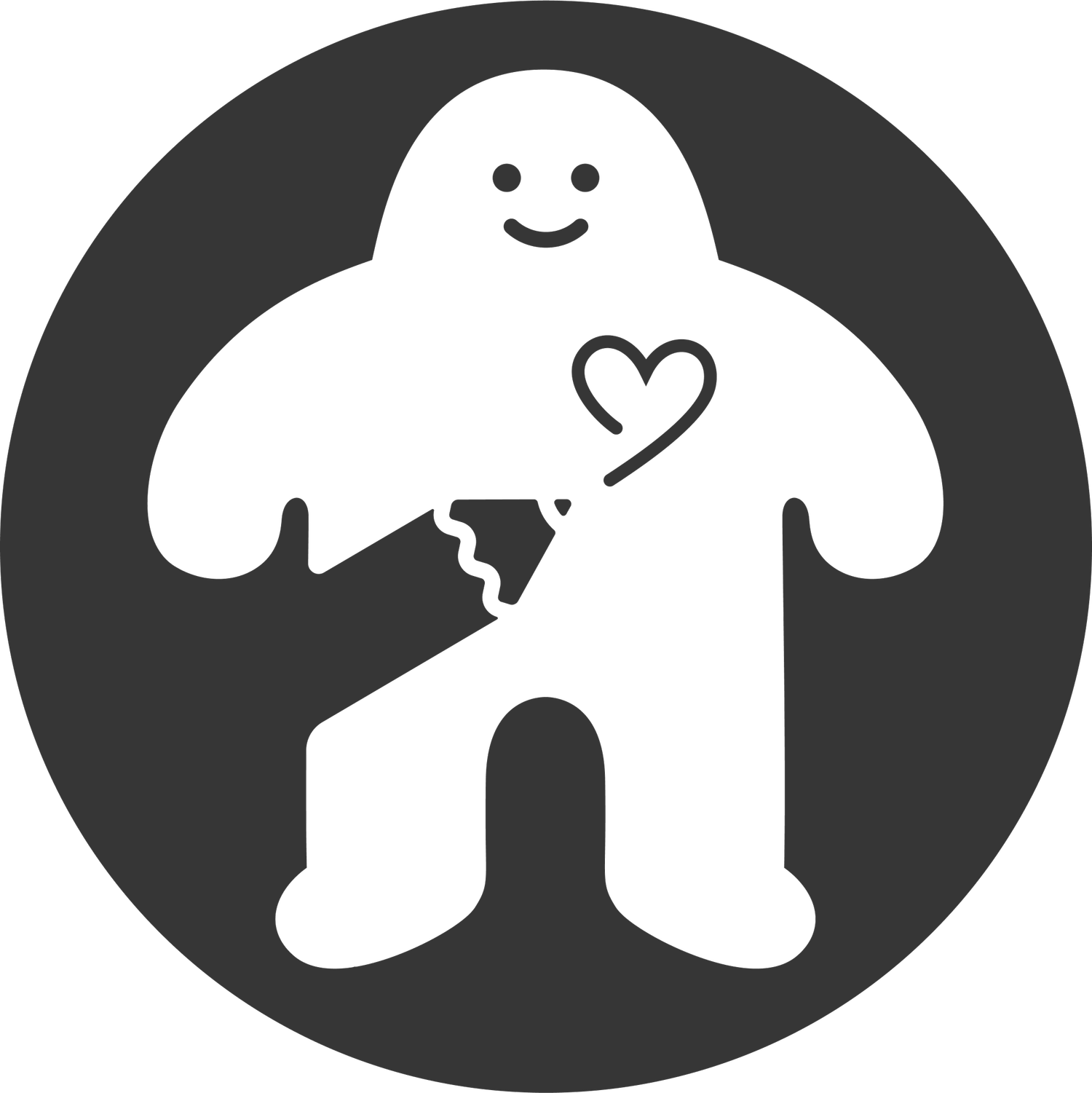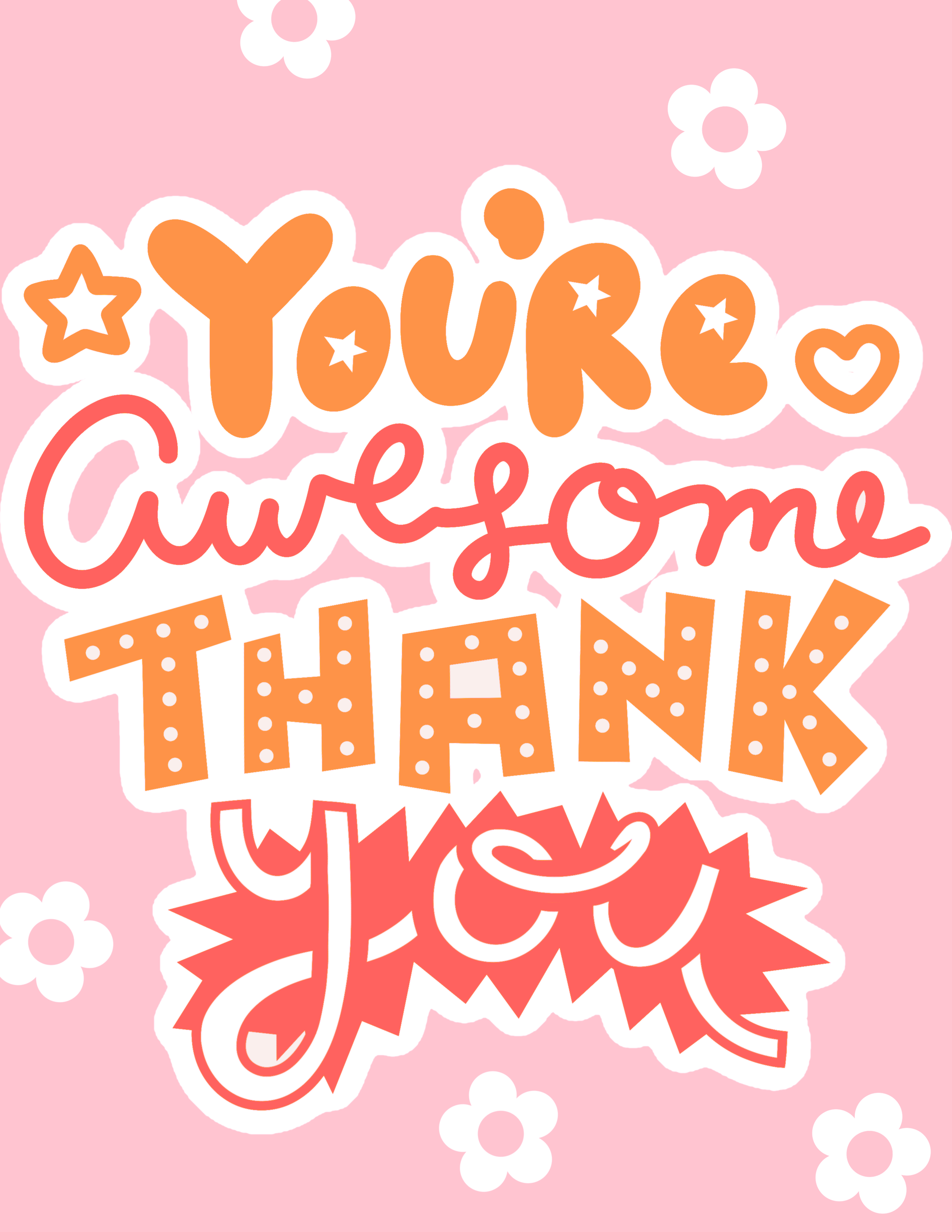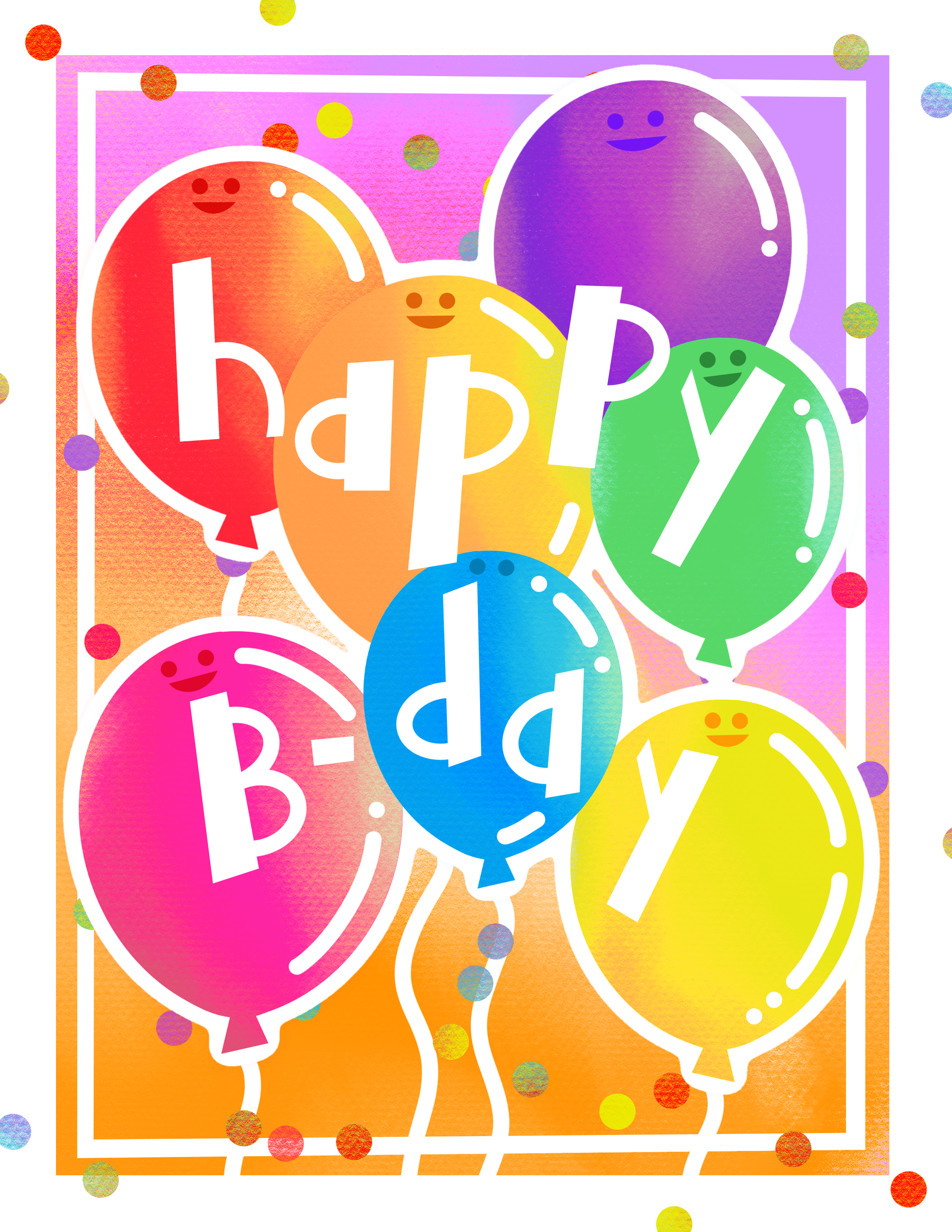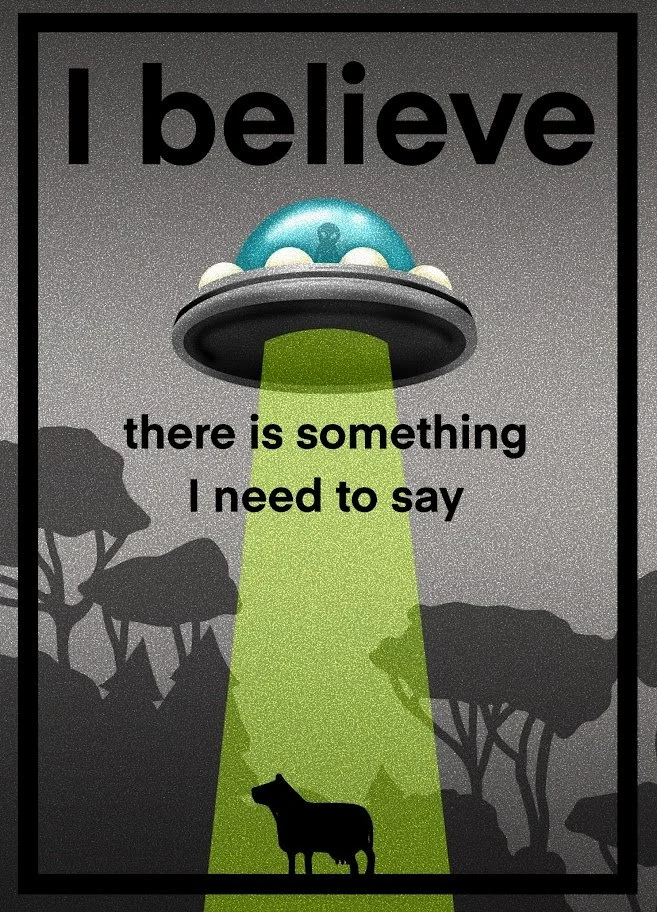LiVE CARDS
Project Background
As the final capstone project for the New Media Certificate from the University of Georgia, I was assigned to a group of three people with varying skill sets in order to design a product and campaign from the ground up. The project required us to combine two new forms of technology: augmented reality and App App Clips. Through weeks of progress, we developed LiVE CARDS, greeting cards equipt with scannable codes that would present interactive 3D imagery at your fingertips.
Tools & Methods:
Reality Composer, interviews, surveys, problem analysis, Figma, procreate, photoshop, AR clips
Practices used:
Elevator pitch, user research, UX & UI design
Team:
Melissa Hermes - Lead Art and UX/UI designer
Colin Bergen - Team Manager and Content Creator
Jeff Kelsch - Lead AR-iOS Developer
Challenge
In the new era of technology and virtual communication, it seems that we have long forgotten the value of receiving a traditional card. We believe that LiVE CARDs are the perfect solution. All the sentimental value of a physical letter coupled with the novel excitement of a virtual surprise. Augmented reality can breathe new life into an otherwise dying medium. We hope our cards open new doors as far as uses for this new technology and a new way to share interactive greetings with your peers.
Process
As the lead Art and UX designer, I was tasked with creating the user research, a storyboard, the user experience map, a prototype, and all the graphics for the 3d models and marketing materials.
User Research
User Research
Through internet research, local surveys, and individual interviews, we discovered our primary consumer demographic and what challenges we would need to overcome for our product to be appealing.
Insights
During the process of interviewing individuals, a lot of perspectives was given on the desirability of AR greeting cards and the reality of how often greeting cards were used in the first place. Since they are seen as outdated due to new technology, young individuals are more likely to send a quick text or social media post rather than a card. However, there was interest given in the combination of augmented reality and a greeting card, as the interviewees were given more tangible examples of what that could look like. App clips were foreign to most interviewees, but they generally understood QR codes, which suggests that they could understand how to access and APP CLip via NFC codes.
Storyboarding
UX Mapping
Our mission is to illustrate a synthesis of real world interactions with app (and app clip) functionality. Our product doesn’t demand a complicated interface to use, but it will need to be accessible by a wide range of age groups.
We want to take this opportunity to explore theoretical (and reasonable) functionalities in our app.
prototyping
After creating the baseline idea for the UI design, I started the revision process, the next steps in the project involved updating and finalizing the prototype. I conducted usability tests to verify these revisions.
Designs
I further developed the visual style of Live Cards through additional designs. It serves as a way to keep brand ideas and inspirations gathered, incorporating logo design, color palette, typography, and imagery that guides UI design later.
Final Thoughts
With the final prototype created, I believe I have met the goals that were outlined at the beginning of the designing process. As a team, we did meet a few road bumps that included issues with the app store. For our project presentation, we resorted to utilizing QR codes. While this was a disappointment, we were still met with overwhelming feedback. I’ve definitely learned that confidence is key when presenting your product. Our project was rated the best as the venue. If I had more time, I would dive deeper into developing some of those nice-to-have features including more animation, and learn how to use Blender. These features would add more characteristics to the business and increase its competitiveness.
























